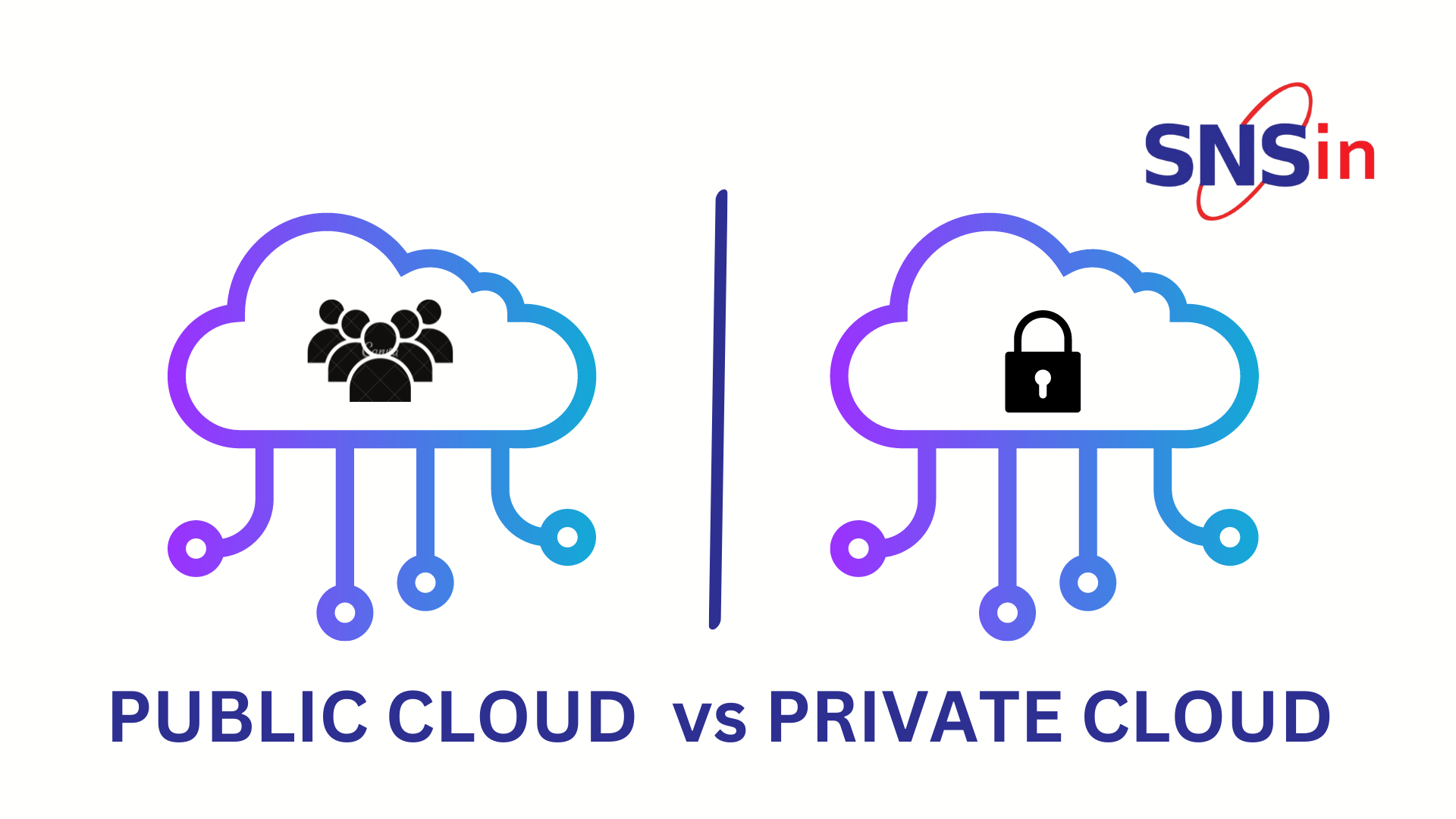What is Virtual Reality?Virtual Reality is one of the latest trends in technology. It implies a computer-generated environment with scenes and objects that appear to be real, making the experience an immersive one for the user. A device called the virtual reality headset or helmet is used to perceive this immersive environment. For example, a user can immerse themselves in a video game as one of the characters, learn a favourite sport and also perform a complicated medical procedure while experiencing virtual reality. The purpose of virtual reality systems is to make a user believe that the viewed content is as real as possible.Although this is perceived as a new technology, its origins are not as new as one may think. The roots of virtual reality date back to the 1950s, when filmmaker Morton Heilig designed the Sensorama, which was a machine with a built-in stereo, 3D display, a scent creator and a vibrating seat. However, the invention did not prove useful as it was ahead of its time, and the technology at the time did not support its usage. Subsequently, many technological innovations have led to the evolution of the concept of virtual reality, and it is now a technology that is present inmany industries globally.What are the security risks in VR?VR headsets can be vulnerable if hackers overtake the device. They could manipulate the content in ways that alter the experience for the user. Privacy is another major issue. One of the major issues is the confidential nature of the collected data- biometrics and retina scans, face recognition, voiceprints, fingerprints etc. This blog will explore the ways in which Virtual Reality is vulnerable and the different kinds of threats it is exposed to.
- Finger Tracking: In the virtual reality environment, users may use hand gestures the same way they would in an actual situation- for example, the same hand and finger movements may be used to type the code on the virtual keypad. However, the system records and transmits all such data, showing the fingers typing a pin. If a cybercriminal hacks the system, they can recreate the passwords and PINs used by the user.
- Eye-tracking: Some people feel that eye-tracking is a secure technology in virtual reality and something that will become a major transition in time to come. It is believed to improve accuracy and is also considered a secure option as it can be used as a biometric identifier, enabling users to login safely. However, if a system gets hacked, then malicious actors can get a peek into what the user is looking at, and they can recreate the user actions.
- Ransomware: As with any other technology or mobiles and computers, VR systems can also be sabotaged by attackers before asking for a ransom. They could also control features of a VR system that induce private information from the users, creating a window of opportunity for ransomware attacks.
- Fake identities: Machine learning technologies have enough scope for manipulation of voice and video to the extent that they look genuine. If a hacker gains access to the motion-tracking data of a VR headset, they could use it to create a digital replica, called ‘deepfakes,’ and therefore compromise the VR security. A social engineering attack can also be carried out if this replica is superimposed on someone else’s VR experience.
- Blackmailing: VR has also made its presence in the adult industry. Cybercriminals may take advantage of the industry's popularity and resort to extortion of users who visit adult websites. This means they could blackmail users by claiming that they have proof that a user has visited an adult website and urge them to pay up to avoid leaking this sensitive information. They could easily breach data and steal passwords, using them as a blackmailing technique. Even worse, spyware can be installed on the devices which record browsing habits so that they can know what content a user has searched for.
How do I safeguard myself when using VR systems?- Make sure you are using the internet safely: Keep your data and identity private by using a VPN service. Use proactive internet security software that ensures no malware enters your system.- Review privacy policies: It can be an overwhelming task to do this as these documents are bulky, but users must know the companies for who they are creating accounts to store their data safely and what these companies do with such data. It is important to ask oneself if this data will be shared with third parties and what kind of data will be collected and shared.- Keep private information private: Unnecessarily disclosing confidential information can backfire terribly if done without paying attention.About SNSSecurity Network Solutions (SNS) provides a quantifiable, risk-based approach to building a global structure of cybersecurity infrastructure based on internationally recognized frameworks and practices. We have been providing services and catering to clients across industries for the last 22 years. Write to us at [email protected] or visit us at www.snsin.com




